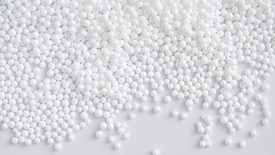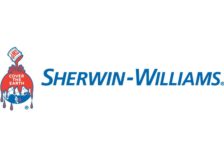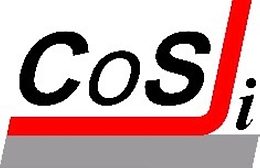Home » Keywords: » Innovations
Items Tagged with 'Innovations'
ARTICLES
Unlocking the Full Potential of Your R&D
A Comprehensive Guide to Materials Data Management for Scientists and Engineers
Read More
Keep the info flowing with our eNewsletters!
Get the latest industry updates tailored your way.
JOIN TODAY!Copyright ©2025. All Rights Reserved BNP Media.
Design, CMS, Hosting & Web Development :: ePublishing









